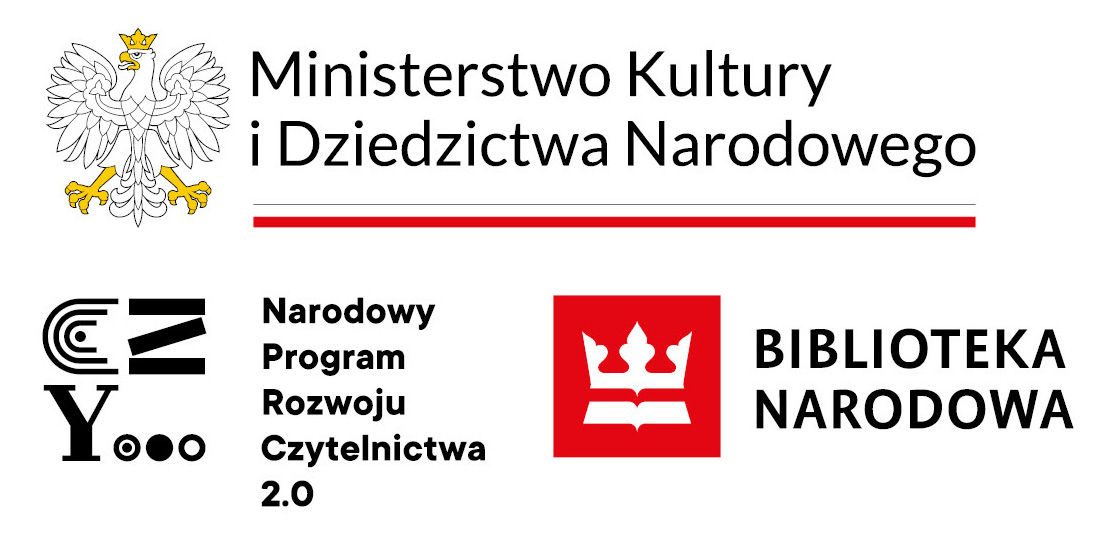Evaluation is an assessment of the quality of scientific activity.
The result of the evaluation of a scientific discipline consists of the individual achievements of the employees representing it. Individual disciplines can be awarded a scientific category from the range: A+, A, B+, B or C. On the results of the evaluation and the category awarded depend the rights to conduct studies, doctoral schools, award degrees and titles, as well as the amount of subvention, i.e. the funds the University will receive from the state budget. Unlike previous ones, the 2022 evaluation covered disciplines, not units of a given entity, as before. During the 2022 evaluation, scientific disciplines were taken into account, not faculties. In order for a university to submit a discipline for evaluation, the discipline had to be represented by the minimum of 12 scientists included in the N number. The N-number is the average number of employees (in full-time equivalents) employed at the unit in each year and conducting research or development work in the discipline. In order for an employee to be counted in the N-number, it is necessary to submit two declarations: about the scientific or artistic discipline represented, and the agreement to be counted among the employees conducting scientific activities. Changes in disciplines can be made no more often than once every two years.
The number of employees included in the N number is determined as of December 31 of each year covered by the evaluation. The number N for each entity is determined as an average of the values determined in each year covered by the evaluation on the basis of information contained in the POL-on system, as of December 31 of each year covered by the evaluation.
Evaluation criteria:
The evaluation was conducted on the basis of the following criteria:
Criterion I: scientific and creative achievements
The evaluation of the scientific level included publications (scientific articles, monographs and chapters in monographs), as well as granted patents for inventions.
Criterion II: financial effects of scientific research
Financial effects are evaluated on the basis of the amount of funds obtained for research projects in competitions organized by EU institutions, foreign institutions, NCBR, NCN and NPRH. This criterion will also take into account the commercialization of the results of research or development work, as well as scientific work carried out on behalf of entities outside the higher education and science sector.
Criterion III: impact of scientific activity on the functioning of society and the economy
The evaluation of the impact of scientific activity on the functioning of society and the economy is carried out on the basis of descriptions that prove the relationship between research and the functioning of government, health care, culture, etc. In evaluating this criterion, the so-called "individual case study" is taken into account, which allows reliable measurement and evaluation of impact.
The number of points assigned to a given journal or publishing house can be checked in the current lists of scientific journals and peer-reviewed materials from international conferences, as well as lists of publishing houses that publish peer-reviewed scientific monographs.
